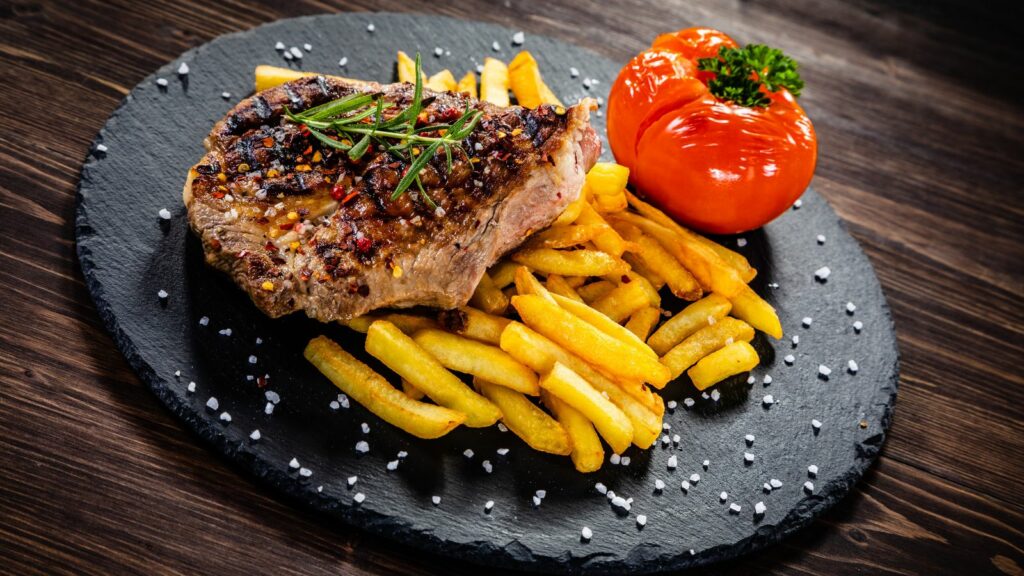Once upon a time, Canada’s dining scene was full of iconic restaurants that defined the country’s taste buds, family weekends, and late-night cravings. From beloved steakhouses to quirky diners and all-you-can-eat buffets, these restaurants were part of people’s lives. Many shut their doors due to changing trends, corporate buyouts, or rising costs. Here’s a look back at 21 Canadian restaurants that should make a comeback.
Mother’s Pizza Parlor and Spaghetti House

Mother’s Pizza was a family favorite through the 1970s and 80s, known for its red-checkered tablecloths, cozy booths, and perfectly baked deep-dish pizzas. It wasn’t just a place to eat but to linger, as kids played arcade games while parents enjoyed pitchers of draft beer. Founded in Hamilton, Ontario, it expanded across the country before disappearing in the 1990s due to rising costs. A short-lived revival in 2014 brought nostalgic joy, but it didn’t last. With today’s love for retro dining and comfort food, a full comeback could easily thrive among new generations craving warmth and hearty slices.
Bonanza Steakhouse
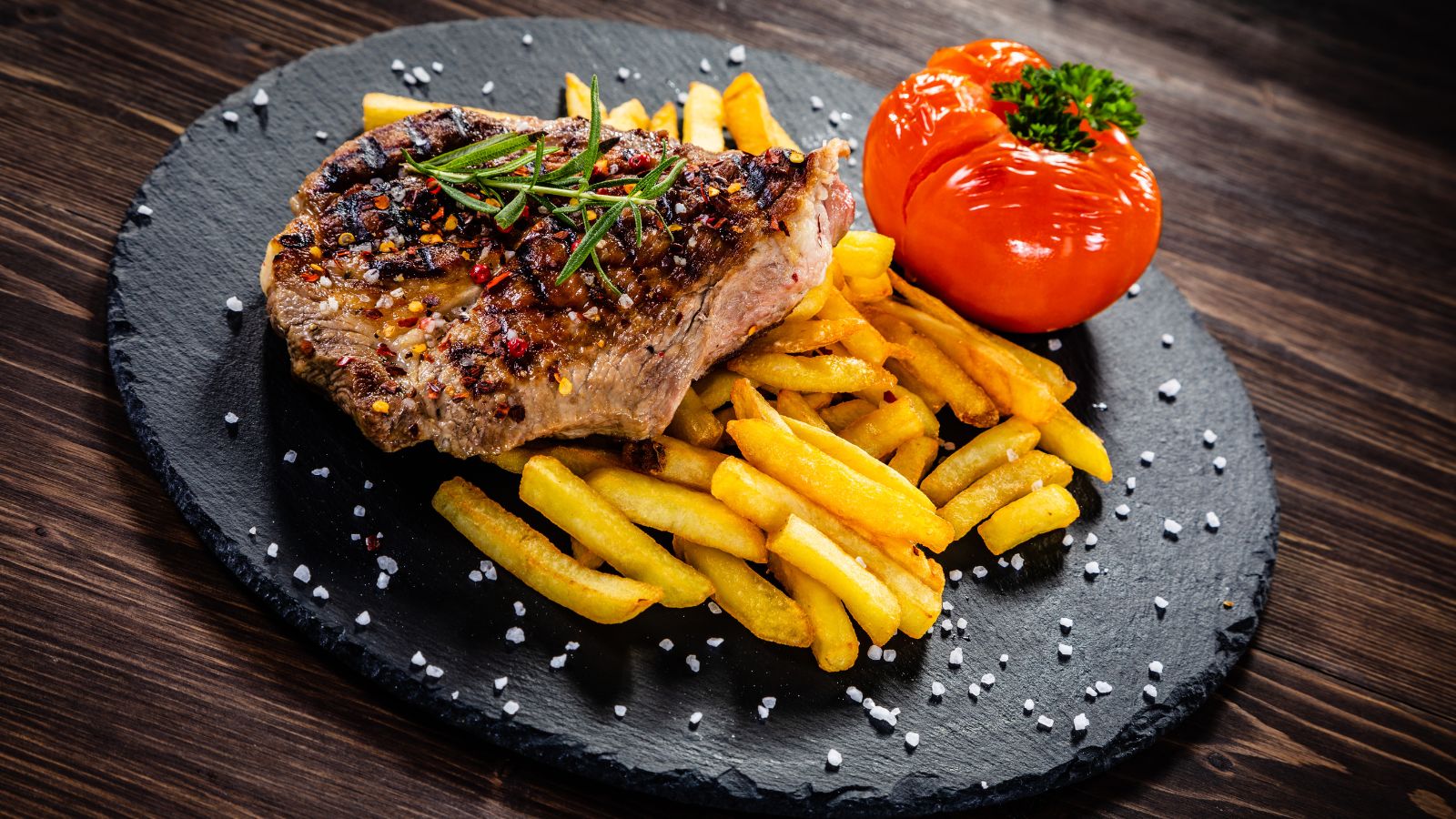
Bonanza Steakhouse served up affordable, satisfying steak dinners long before casual dining chains flooded the market. Known for its all-you-can-eat salad bar and sizzling platters, it struck the perfect balance between indulgence and family-friendly pricing. Originating in the U.S., the brand found enthusiastic fans across Canadian towns, especially during the 1970s and 80s. Its decline came as dining habits shifted toward fast food and health-conscious menus. Yet, with renewed love for nostalgic steakhouses and hearty comfort meals, Bonanza’s welcoming vibe and sizzling iron plates would be right at home in today’s restaurant landscape.
Ponderosa Steakhouse

Ponderosa was another name that once echoed across Canadian suburbs. With its buffet-style sides, buttery rolls, and affordable steak combos, it became a Sunday staple for families. Kids loved choosing their own desserts, while adults enjoyed the casual yet satisfying steakhouse experience. At its height, Ponderosa had dozens of locations across the country. However, corporate restructuring and fierce competition from fast-casual dining led to its closure. A modern revival, perhaps focusing on premium ingredients and nostalgic décor, could easily win hearts again, especially with the growing fondness for mid-century-inspired dining.
Lick’s Homeburgers & Ice Cream

Lick’s wasn’t just a burger joint; it was an experience. Known for its singing staff, bright interiors, and customizable “Homeburgers,” Lick’s made eating out fun. Founded in 1980 in Toronto, it became a cult favorite before rapidly expanding across Ontario. Unfortunately, rising rents and competition from new burger chains led to its demise by the early 2010s. Fans still reminisce about the special sauce and those grilled-to-perfection patties. In an era of brand nostalgia and experiential dining, a comeback with its original charm would be an instant hit among millennials who grew up singing along.
Zellers Family Restaurant
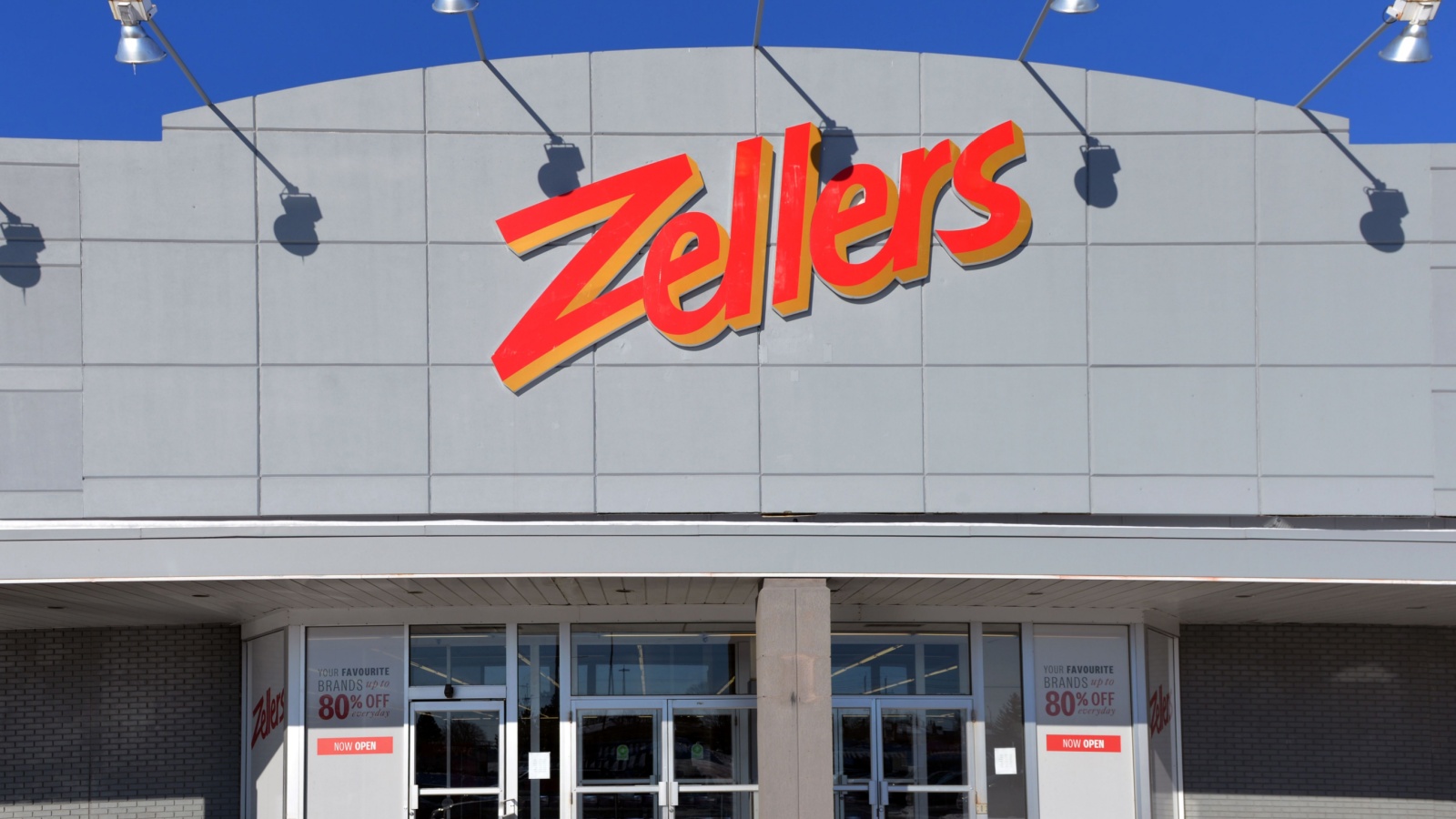
You didn’t just go to Zellers for shopping; you went to their restaurant. Whether it was a plate of pancakes, a club sandwich, or the famous “Big Z” burger, it offered simple, satisfying comfort food at low prices. The in-store restaurants were often packed with families and retirees, enjoying coffee refills and friendly service. When Zellers stores shuttered, their dining spots vanished too, leaving behind fond memories of casual meals that felt homely. Now that Zellers has been experimenting with small-scale returns, bringing back the restaurant would be the ultimate nostalgic revival.
Mr. Submarine (Original Mr. Sub)
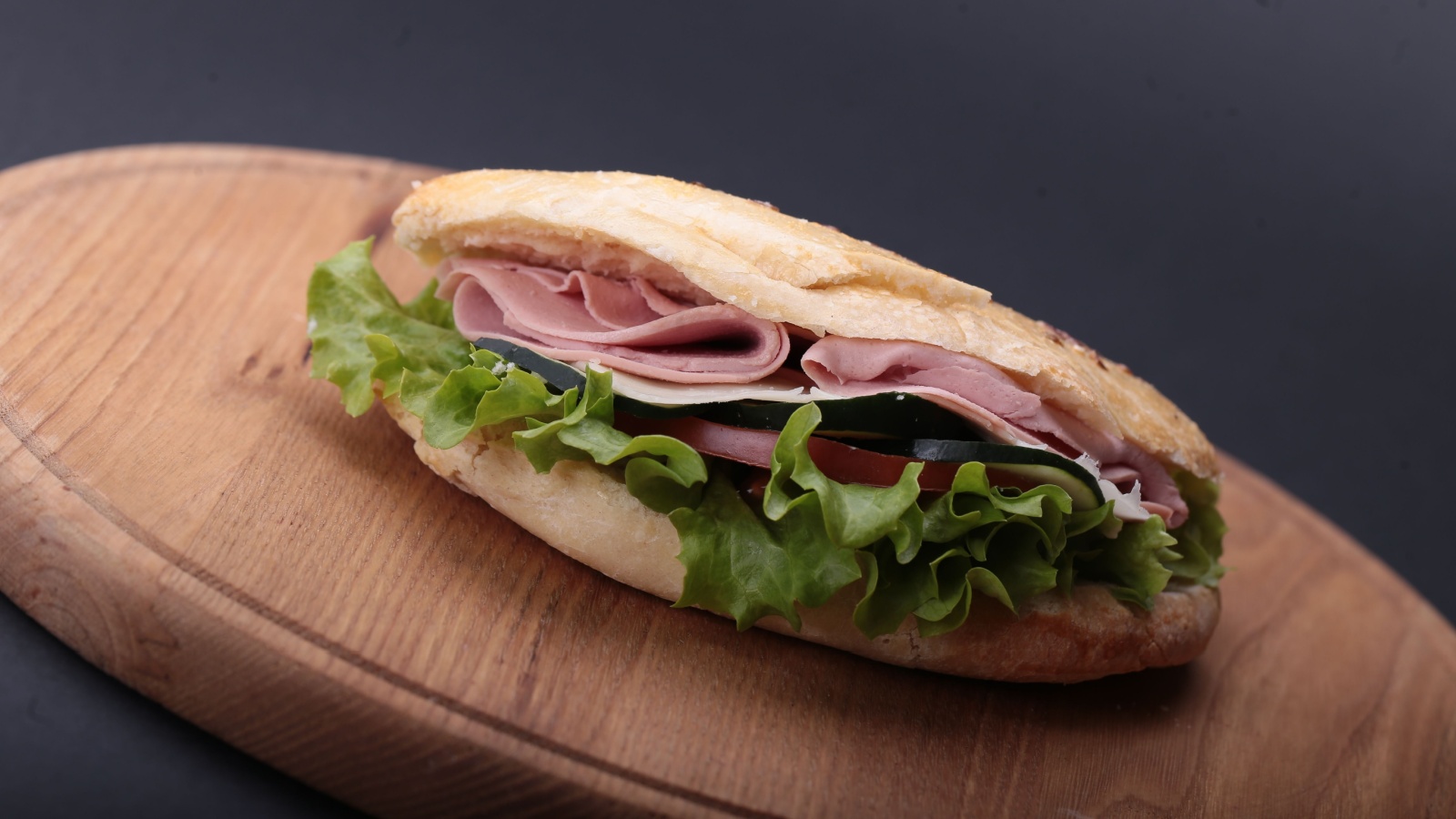
Before global chains dominated the sandwich scene, Mr. Submarine was Canada’s go-to for hearty, freshly made subs. Founded in Toronto in 1968, it was later renamed Mr. Sub, but the early “Mr. Submarine” version had a charm of its own. With simple ingredients, crisp bread, and generous portions, it attracted lunchtime crowds everywhere. The brand still exists, but its original, independently run outlets had a unique personality and taste that many say is gone today. A revival of the original recipes and vibe could easily compete in today’s craft sandwich market.
The Pickle Barrel (Original Deli Style)
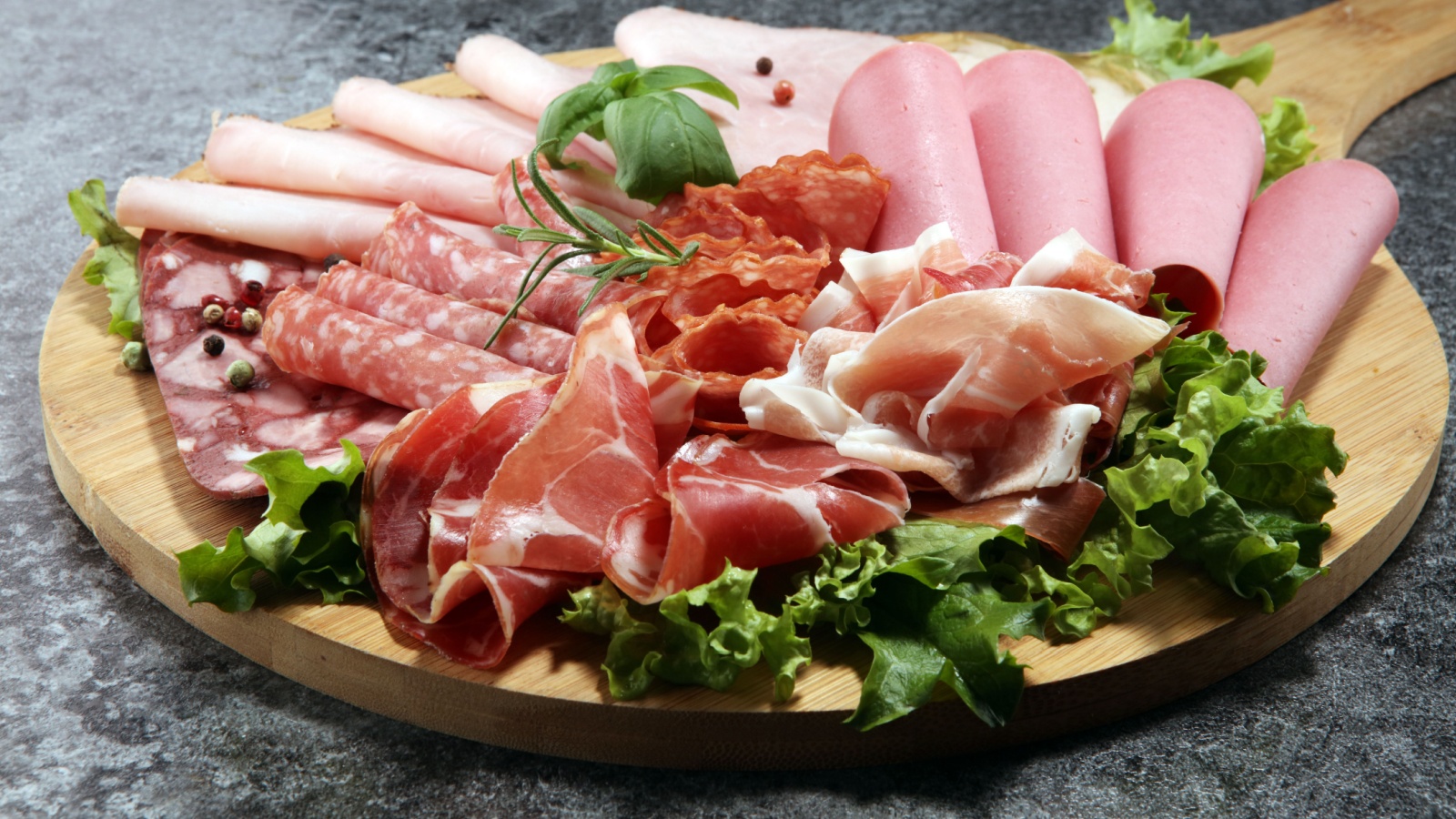
Before it became a more upscale chain, The Pickle Barrel began as a lively deli-style restaurant serving massive sandwiches, matzo ball soup, and cheesecake. It was the kind of place where you could grab a late-night snack or a full meal with friends without pretense. The early Pickle Barrel locations had a distinctly Toronto-Jewish deli atmosphere that slowly faded as the brand expanded. A throwback concept to the original deli roots, with the same casual warmth and comfort dishes, would easily find fans again, especially in an era obsessed with retro dining experiences.
Harvey’s Swiss Chalet Combo Stores
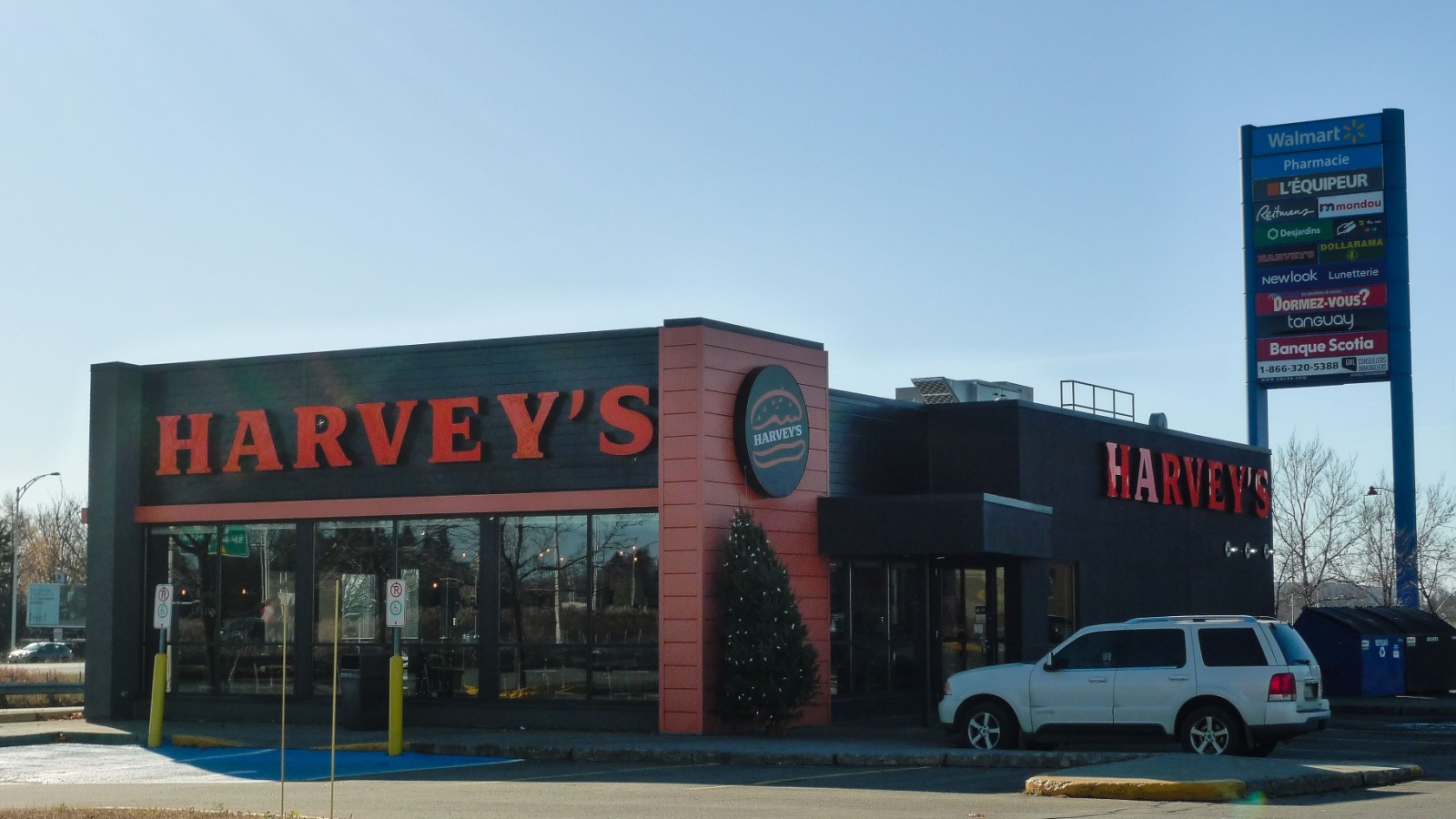
During the 1980s and 1990s, some locations offered a unique Harvey’s and Swiss Chalet combination, letting customers enjoy both burgers and rotisserie chicken under one roof. This hybrid concept became popular with families torn between the two menus. Over time, most of these joint stores were phased out due to corporate separation and brand focus. However, Canadians still fondly remember the convenience of sharing one table while ordering from two beloved comfort menus. In an era that celebrates nostalgic mashups, reviving these combo restaurants could easily become a cult favourite again.
The Old Spaghetti Factory
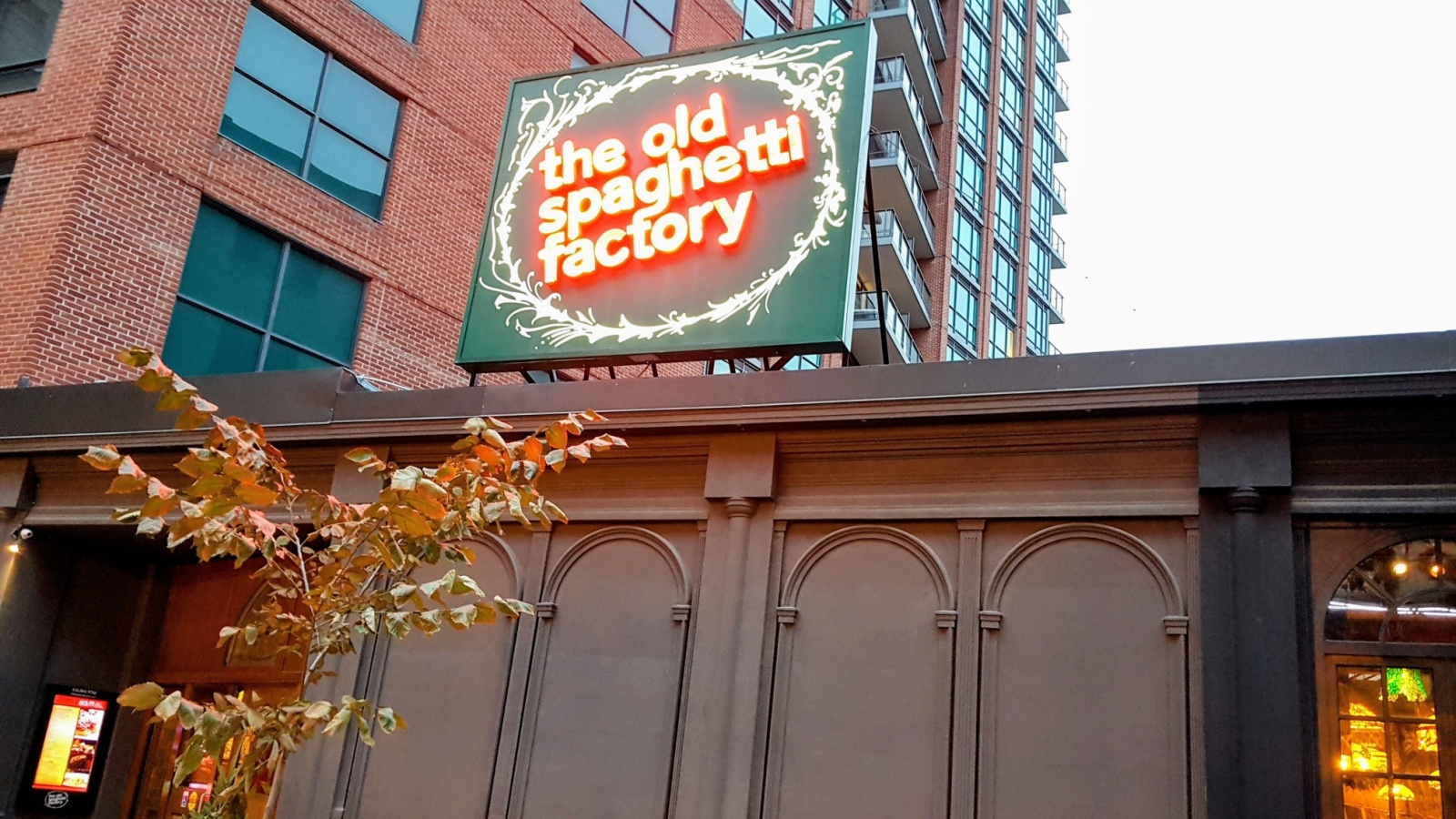
A meal at The Old Spaghetti Factory felt like dining in a time capsule. The restaurant’s antique décor, stained glass lamps, and vintage trolley cars created a magical atmosphere. Founded in Vancouver in 1970, it expanded across several provinces, serving budget-friendly pasta dishes with all-inclusive soup, salad, and dessert. Some locations still exist, but many beloved outposts closed over time. The original charm and community feel of the brand made it special, and a broader revival could blend nostalgia with modern Italian-inspired comfort food.
Chi-Chi’s Mexican Restaurant

For many Canadians, Chi-Chi’s was their first taste of Mexican-American cuisine. Known for its sizzling fajitas, nachos piled high, and giant margaritas, it brought festive energy to dining out in the 1980s. The chain was especially popular for birthday celebrations and family dinners. However, after the brand faced bankruptcy in North America, most locations vanished. In recent years, with the growing popularity of Tex-Mex cuisine and nostalgic dining trends, a reimagined Chi-Chi’s could easily find success if it keeps the fun, over-the-top atmosphere alive.
Kelsey’s Original Roadhouse (Pre-Modern Era)
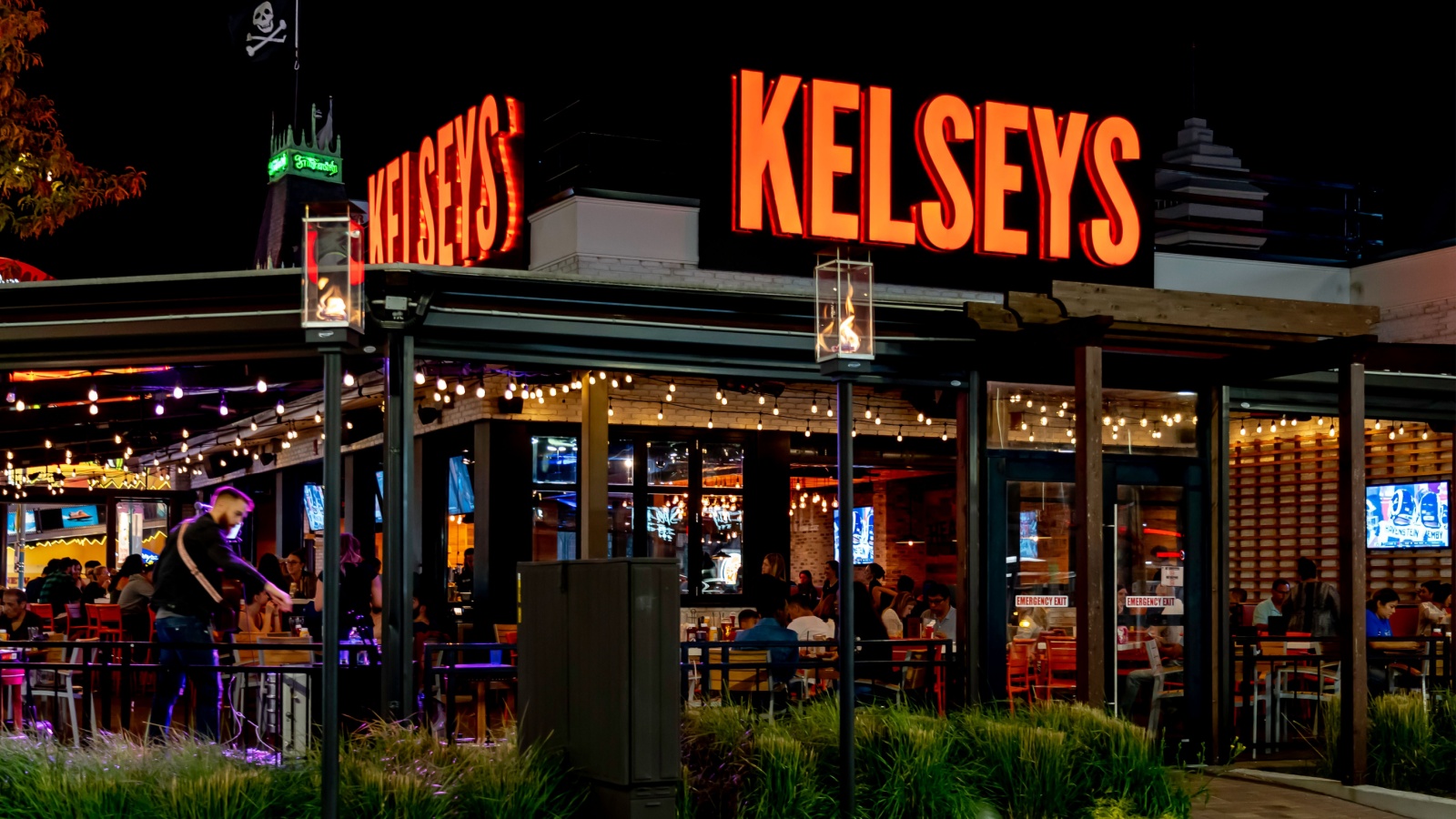
While Kelsey’s still operates, the version people miss is the original roadhouse vibe of the 1990s, laid-back, slightly rustic, and full of classic Canadian pub comfort. Think sizzling fajitas, loaded nachos, and burgers served in baskets, not on fancy plates. Over time, the brand became more polished and lost its casual charm. Many long-time fans wish for the old, family-style roadhouse experience to return, complete with the warm booths and big smiles. A “Kelsey’s Classic” revival menu could easily tap into that sense of familiarity and comfort.
Red Barn Restaurant
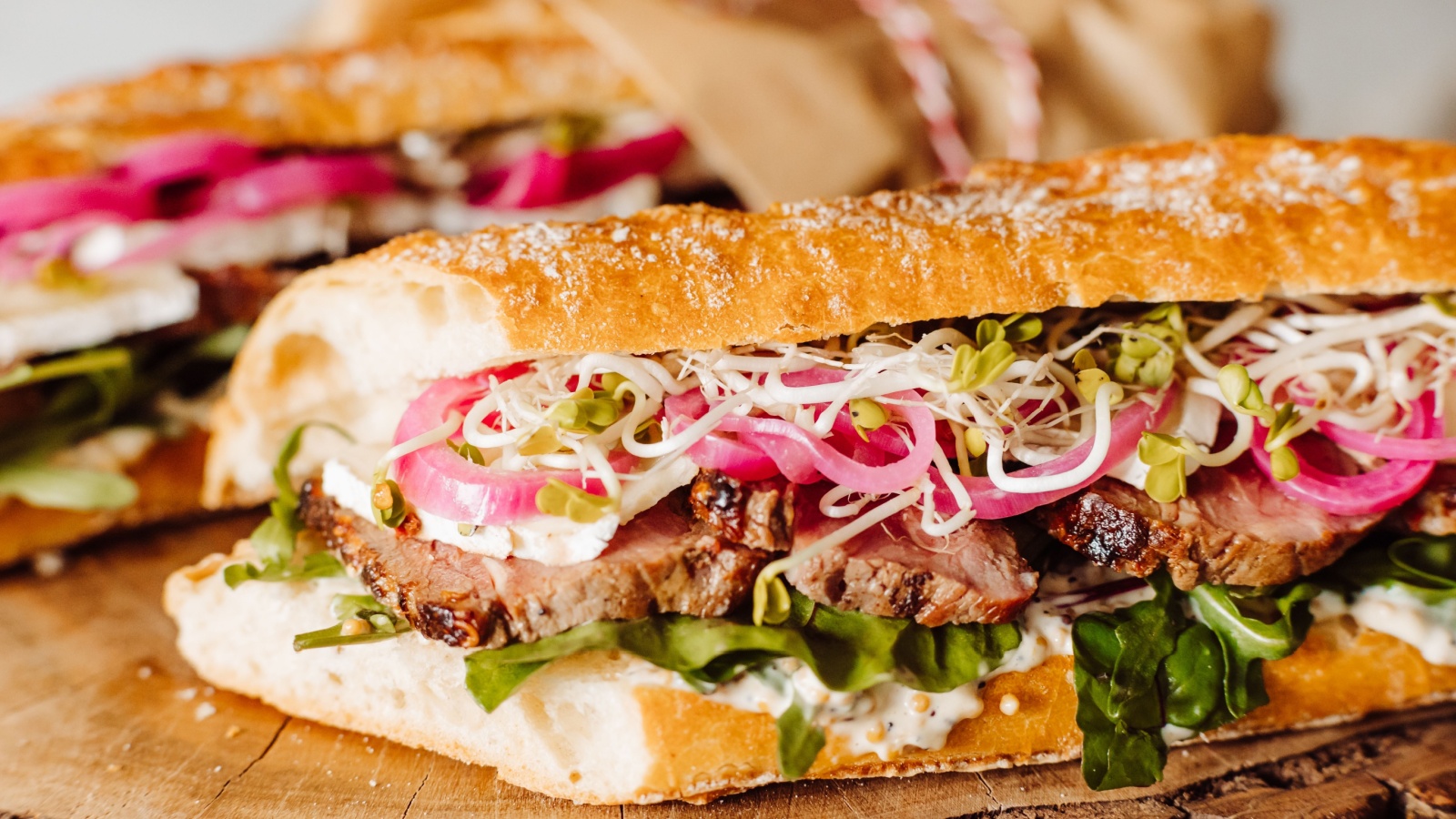
The Red Barn was instantly recognizable by its barn-shaped buildings and glowing red signs. Known for its roast beef sandwiches and fried chicken, it combined fast food with a cozy, rural aesthetic. Founded in the U.S., it found a strong following in Canada during the 1960s and 70s. However, corporate challenges and competition from bigger chains led to its decline. The concept still holds nostalgic appeal, and with today’s trend toward retro branding, the Red Barn’s classic comfort menu could thrive once again.
Eatons’ Grill Room

Before department store dining disappeared, Eaton’s Grill Room offered a refined yet accessible lunch spot for shoppers. Known for its soups, sandwiches, and desserts, it provided a calm escape from the bustle of downtown shopping. The ambiance, white tablecloths, attentive service, and homemade pies made it memorable for generations. When Eaton’s closed in the late 1990s, its restaurants vanished too. With the resurgence of nostalgia for department store cafés, a modern revival of Eaton’s Grill Room would attract diners who miss that elegant simplicity.
White Spot Drive-In (Original Concept)

White Spot remains iconic in British Columbia, but the original drive-in format that started it all is long gone. Back in the 1930s through 60s, carhops delivered burgers, fries, and milkshakes right to your car window. It was the ultimate weekend treat. Though White Spot evolved into full-service dining, a return to the drive-in model would be perfect for modern times, especially as nostalgia and retro convenience become trendy again. A limited revival of the original drive-in would likely be a massive success.
Sambo’s Restaurant

Sambo’s once had several Canadian locations, known for its affordable breakfasts and diner-style meals. While its U.S. branding eventually led to controversy and rebranding, Canadians remember it as a place for pancakes, coffee, and family brunches. The concept of a classic, low-cost breakfast spot is timeless, and with a culturally updated approach, the chain could easily return. A revival under a new name, with its traditional menu and friendly service, could reconnect with the audience that still reminisces about those weekend breakfast outings.
Robin’s Donuts (Original Locations)
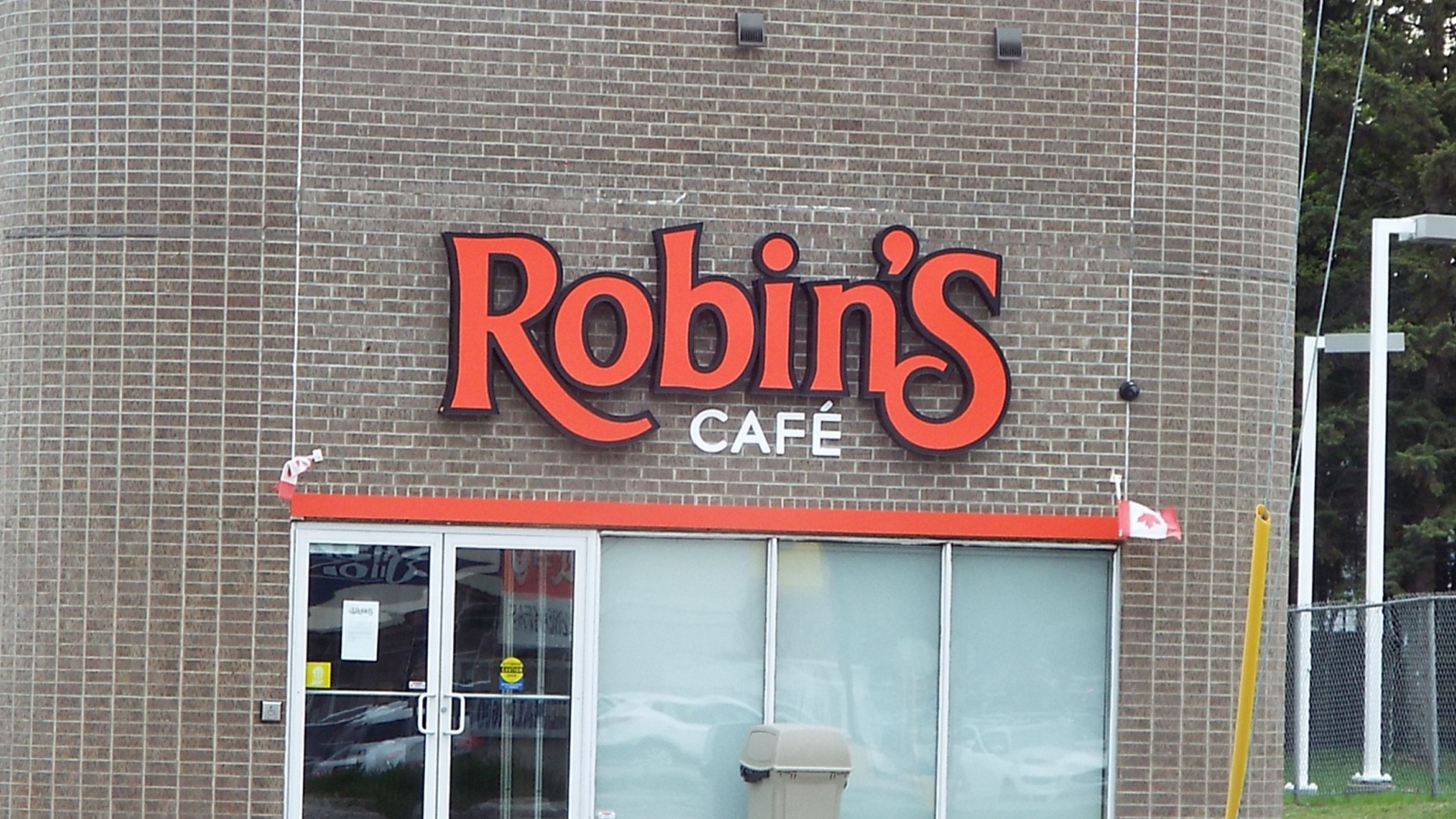
Before coffee culture was dominated by major chains, Robin’s Donuts was the small-town hub for coffee, doughnuts, and conversation. Founded in Thunder Bay in 1975, it grew rapidly across Canada. Its decline came as larger chains outspent it on marketing and modernization. However, the charm of Robin’s lay in its simplicity, fresh doughnuts, friendly service, and cozy booths. Many small towns still miss it dearly. With the resurgence of indie cafés and nostalgic desserts, a modernized Robin’s could easily make a strong return.
Casey’s Bar & Grill

Casey’s was a go-to for casual dining through the 1980s and 90s, serving everything from wings to pasta. It was known for friendly service, vibrant atmosphere, and comfort classics. Owned by the same group behind East Side Mario’s, Casey’s slowly disappeared as other brands took precedence. Yet, fans still fondly recall its unique blend of roadhouse charm and accessible pricing. A revival of Casey’s could thrive by embracing its roots, casual dining, hearty portions, and that community-driven energy missing from modern chains.
Toby’s Good Eats
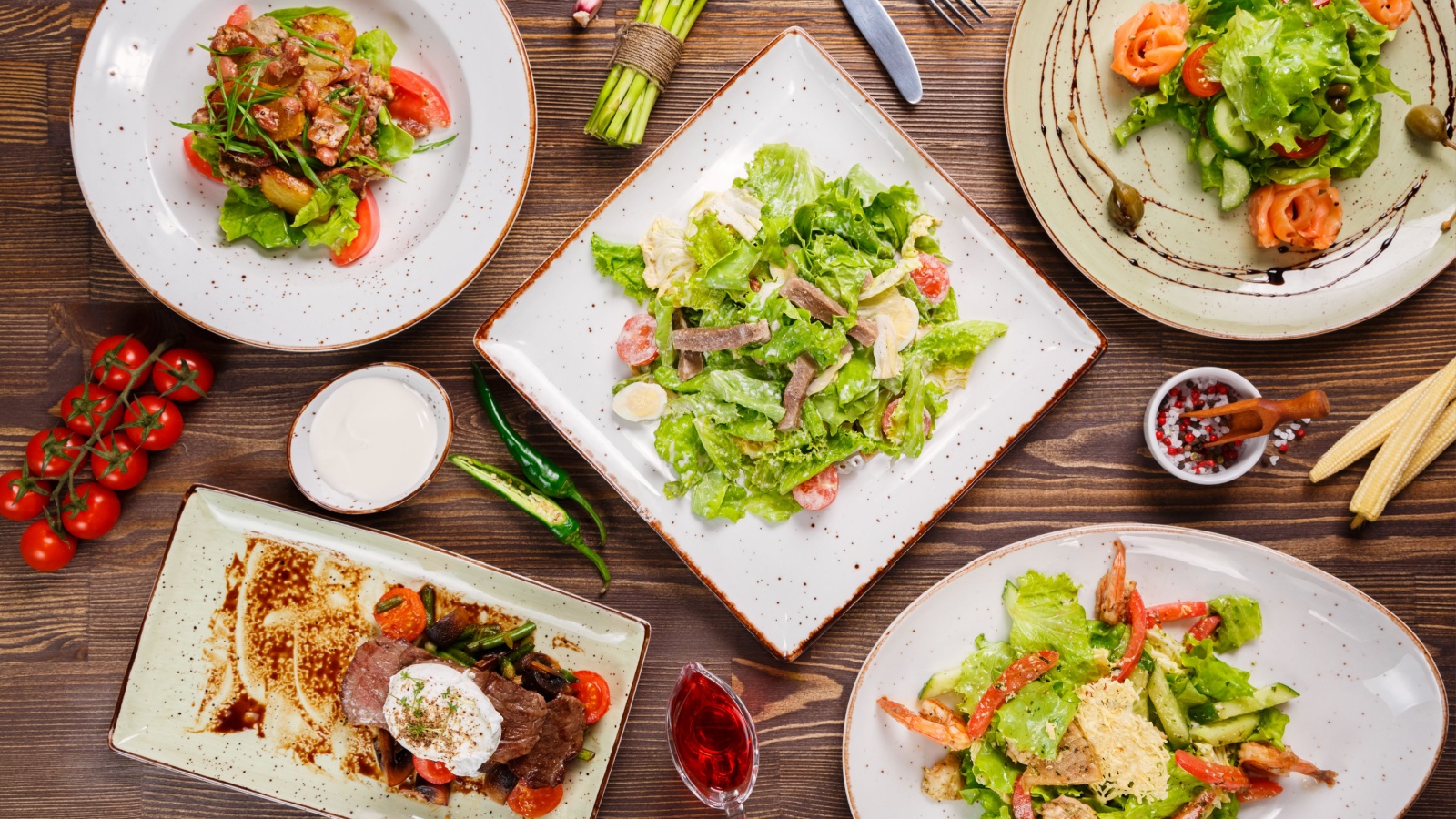
Toby’s Good Eats was a Toronto classic, a mix of diner and health-conscious restaurant long before “clean eating” was a trend. Its fresh sandwiches, soups, and salads attracted both professionals and students. The décor was unfussy, the food reliable, and the atmosphere warm. Toby’s closed its last location in the early 2000s, leaving regulars heartbroken. In today’s environment, where people crave nostalgic yet wholesome dining, Toby’s philosophy of “good food done right” would fit perfectly again.
Woolworth’s Lunch Counter

The Woolworth’s lunch counter was a staple of downtown shopping culture for decades. You could grab a burger, a milkshake, or a slice of pie while chatting with friends at the counter. Affordable and charming, it embodied the simplicity of mid-century Canadian dining. When Woolworth stores closed, so did their diners. A modern pop-up concept recreating the classic counter experience could easily charm both older generations and younger diners obsessed with retro aesthetics and diner nostalgia.
L’Express (Montreal Original)
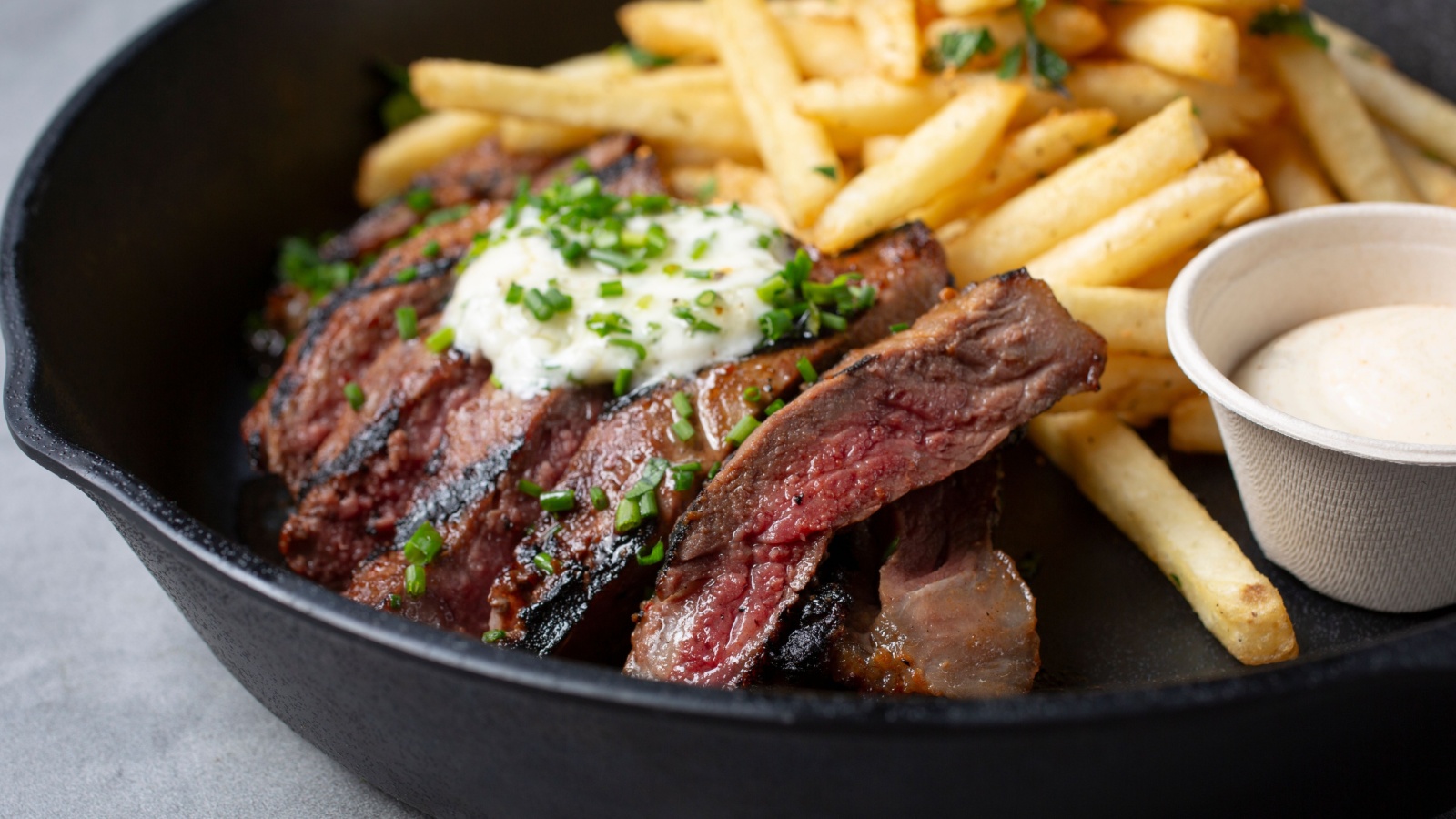
Montreal’s L’Express was a beloved French bistro known for its unpretentious charm and perfectly executed classics. While a few high-end French spots remain, none capture the same balance of approachability and authenticity. The original L’Express represented everyday elegance, a place where locals and tourists alike could enjoy steak frites or crème brûlée without pretense. Bringing back its essence could fill a unique gap in today’s dining scene, reconnecting diners with a golden age of French-inspired simplicity and warmth.
Fran’s Restaurant (Original 24-Hour Era)
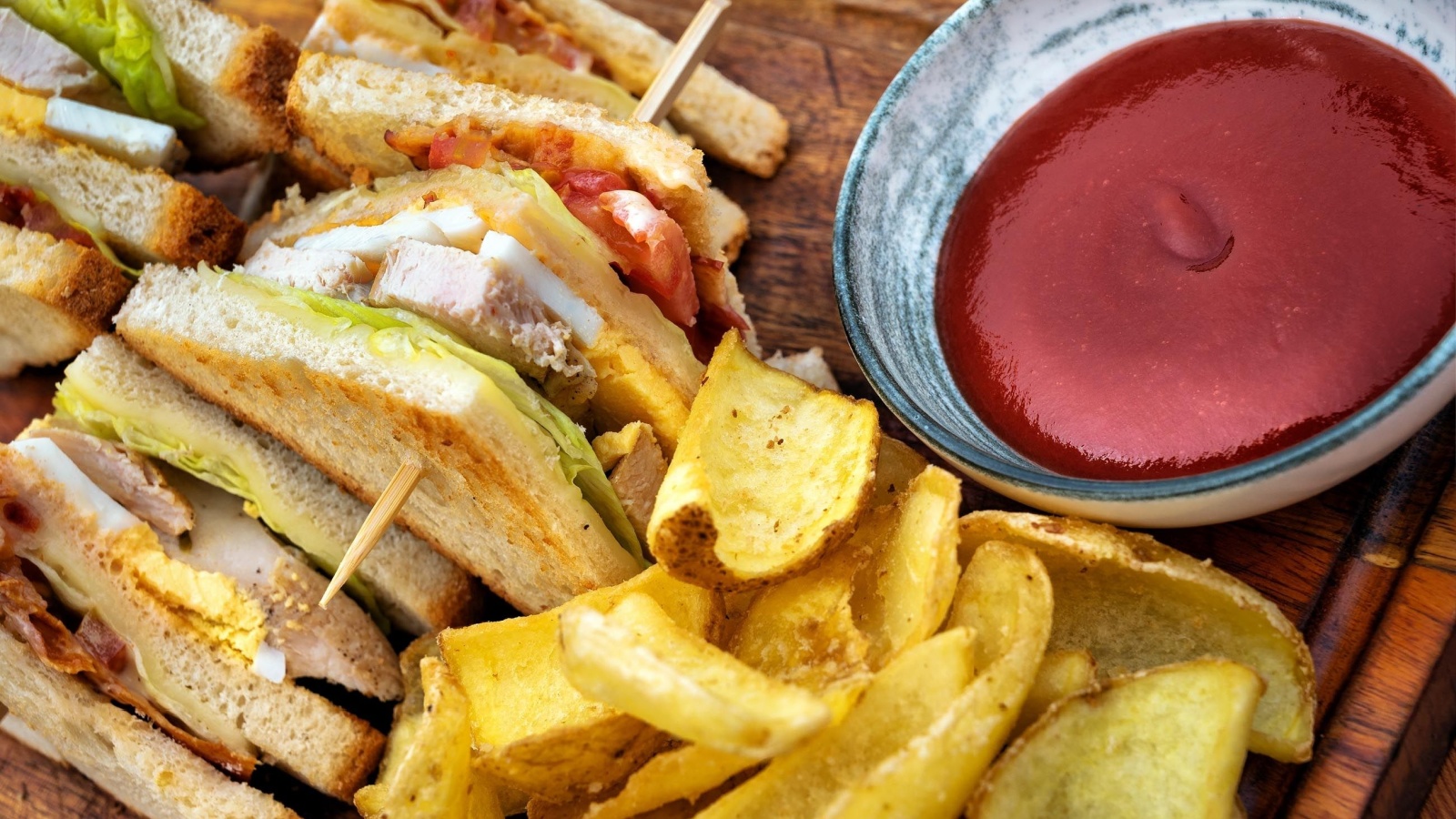
Fran’s is still around, but the original 24-hour diner culture it embodied has faded. Once a late-night sanctuary for students, musicians, and night-shift workers, it was open around the clock, serving pancakes, club sandwiches, and coffee refills at all hours. As locations modernized, some of that charm disappeared. A revival of Fran’s in its original form, a cozy, round-the-clock spot for comfort food and conversation, would resonate strongly today. In a world of fast food and closing times, a true 24-hour diner comeback would be refreshing.
21 Products Canadians Should Stockpile Before Tariffs Hit

If trade tensions escalate between Canada and the U.S., everyday essentials can suddenly disappear or skyrocket in price. Products like pantry basics and tech must-haves that depend on are deeply tied to cross-border supply chains and are likely to face various kinds of disruptions
21 Products Canadians Should Stockpile Before Tariffs Hit
